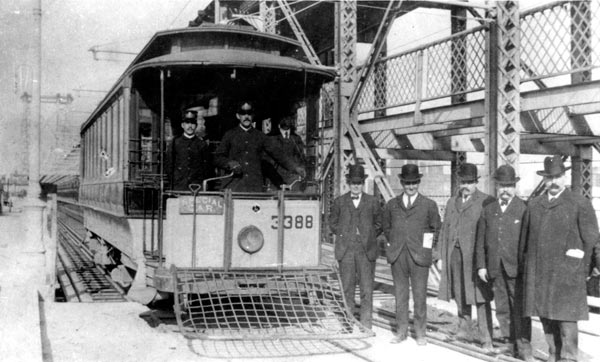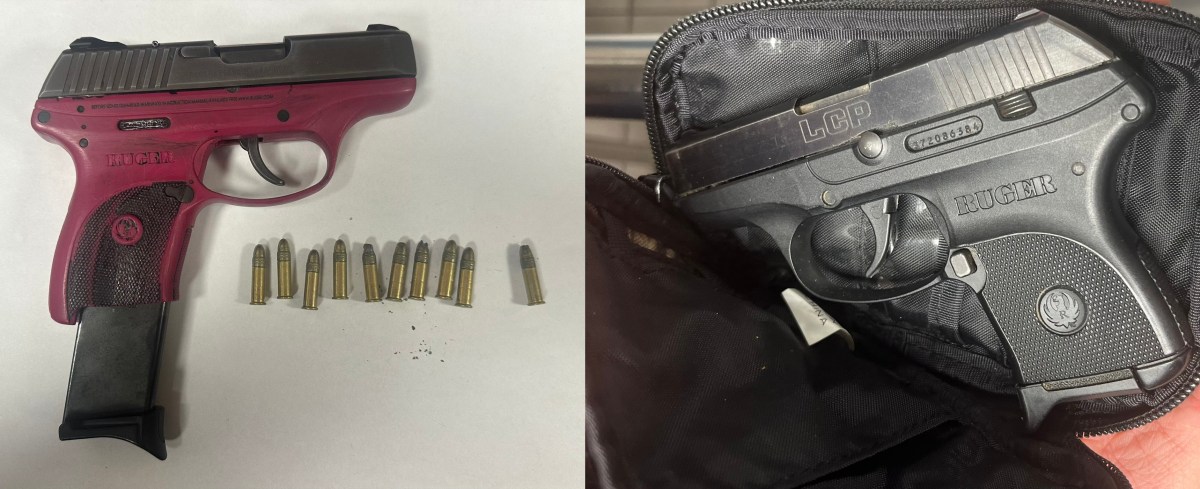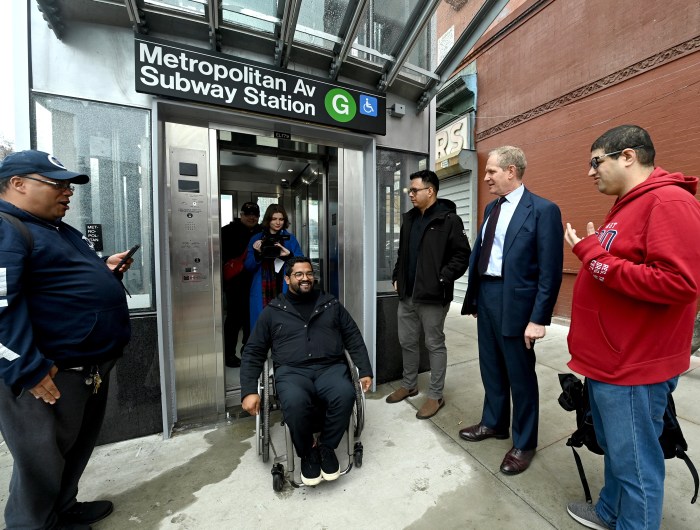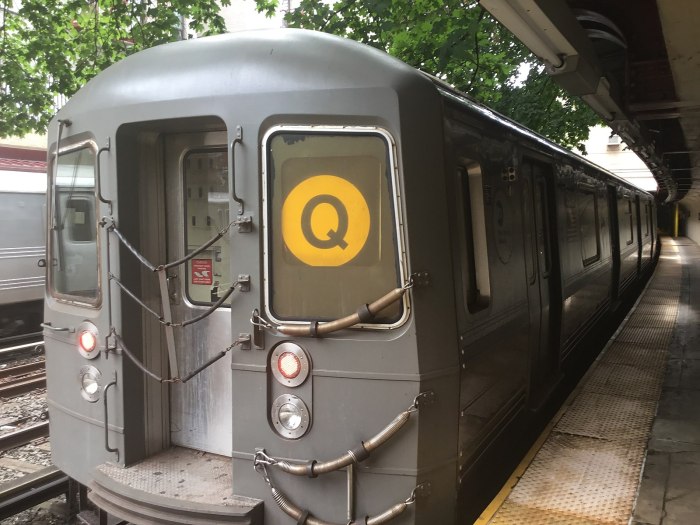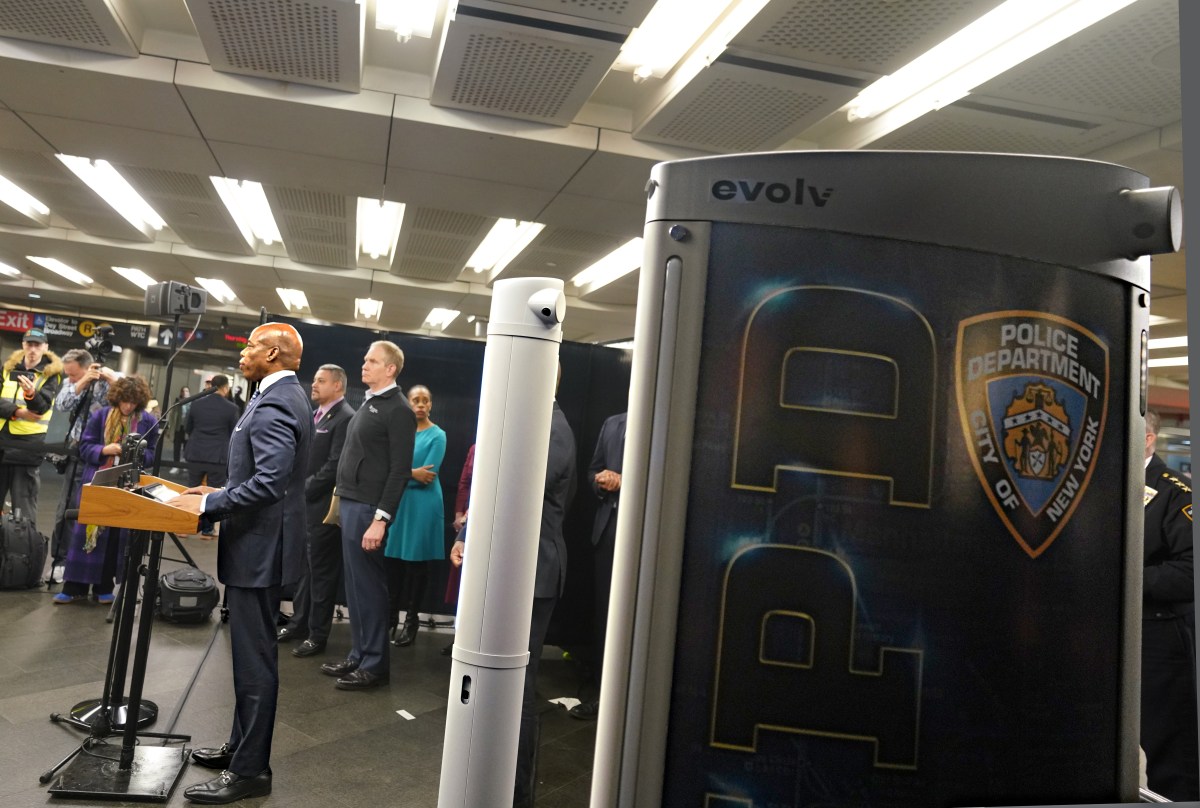It’s traveling through time!
The New York Transit Museum’s latest exhibit “From Fulton Ferry: Building Downtown Brooklyn,” explores the ferries, horse-drawn trolleys, and elevated trains that preceded the borough’s first subway station. That station opened at Borough Hall in 1908 to shuttle commuters from the distant isle of Manhattan to their homes in then-bucolic Brooklyn Heights, said one of the museum’s curators.
“Brooklyn Heights was basically the first commuter suburb in New York, maybe in the country,” said Jodi Shapiro. “When the subway opened in 1908, then people were like ‘Oooh, rapid transit from Brooklyn to Manhattan,’ so more people started moving here. And the center of Downtown Brooklyn went from Brooklyn Heights to a little bit further out with every new subway stop that was open.”
The exhibit, on display until May of 2018, uses old photos, newspaper articles, and artifacts to take visitors on a trip through Heights history, starting with the first commercial ferry at Fulton landing in 1648, and ending at the same dock, with a discussion of the new ferry service launched earlier this year.
Before the modern subways below the streets, people relied on “elevated rails,” steam-powered cars that ran on wooden tracks above the roads and annoyed everyone with their obnoxiously loud noise. The exhibit fondly remembers the day the elevated rails were torn down and replaced.
“A big part of our exhibit is about the Fulton Street elevated, how it was considered a blight on downtown Brooklyn and people really wanted it to be gone,” said Shapiro.

In addition to the noise and dirt of the elevated, people complained that the network overhead kept them — literally — in the dark.
“The day that the elevated stopped service, ads started running in the Brooklyn Eagle and New York Times like, ‘Now Brooklyn finds its place in the sun because this huge thing that blocked our sunlight for so long is coming down,’ ” she said.
The exhibit also explores how the growing web of subway lines impacted the economy. Once there was a faster way across the river, department stores in both boroughs were quick to use them to their advantages, said Shapiro.
“Everyone was really excited when the subway opened in 1908, because of course, shopping,” she said. “Wanamaker’s was a big Manhattan department store that was at Astor Place, and their big thing was now that the subway was open in Brooklyn, you could go from Brooklyn Borough Hall right to Wanamaker’s — it was a one seat ride, it cost you a nickel.”
“From Fulton Ferry: Building Downtown Brooklyn” at the New York City Transit Museum (Boerum Place and Schermerhorn Street in Brooklyn Heights, www.nytra



